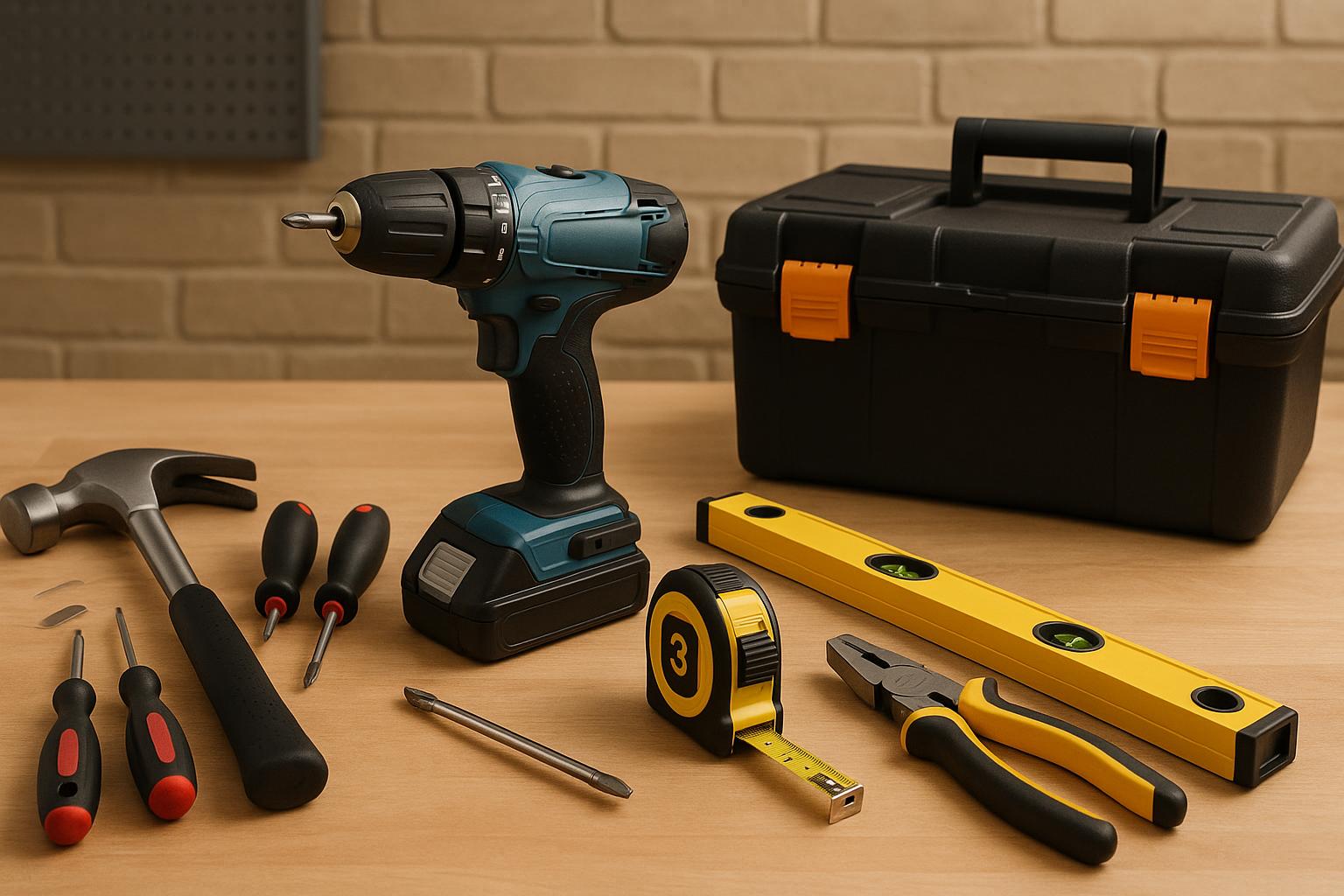Home Repair Essentials: DIY Skills for Every Homeowner
Home repair essentials represent one of the most valuable skill sets homeowners can develop, offering the potential for significant cost savings while dramatically improving property maintenance and daily living experiences. As we progress through 2025, home repair trends continue to evolve with innovative techniques, sustainable practices, and multifunctional approaches that create both practical solutions and functional excellence. This comprehensive guide explores proven strategies, budget-conscious approaches, and value-maximizing techniques that enable homeowners to achieve stunning repair transformations while optimizing financial returns. From understanding which skills deliver the highest return on investment to implementing cost-effective improvements that enhance everyday functionality, we examine the essential components that transform home maintenance into profitable assets. Whether you're planning a complete overhaul or seeking strategic updates to refresh your repair environment, this guide offers practical frameworks and insights that support informed decision-making and successful project execution. The mastery of home repair lies not just in creating beautiful spaces but in understanding the intricate balance between design aesthetics, functional requirements, and market value that ensures lasting satisfaction and financial success.

Understanding Home Repair ROI
Mastering home repair return on investment requires comprehensive understanding of market dynamics, value drivers, and cost-benefit analysis that influence both immediate satisfaction and long-term financial outcomes. Unlike other home improvement projects that may focus primarily on personal enjoyment or functional enhancement, home repair uniquely combines lifestyle improvement with significant cost savings potential. The fundamental appeal of strategic home repair upgrades lies in their ability to attract broad buyer appeal, accommodate diverse maintenance preferences, and incorporate timeless design elements that maintain relevance across changing trends. Additionally, understanding the relationship between repair scope, skill selection, and market conditions helps homeowners make informed decisions that align with both budget constraints and value objectives. Developing expertise in cost estimation, contractor selection, and project management enables homeowners to navigate complex repair processes while maximizing both personal enjoyment and financial returns.
High-Value Home Repair Skills
Identifying high-value home repair skills requires understanding the relationship between improvement costs, market appeal, and resale value enhancement that influence overall project success and financial outcomes. High-impact skills typically focus on functional improvements, aesthetic modernization, and sustainability enhancements that appeal to broad buyer demographics while maintaining cost-effectiveness. Plumbing repairs, electrical fixes, painting techniques, and flooring installations consistently rank among the most valuable home repair investments based on industry research and market analysis. Additionally, understanding the role of skill optimization, storage solutions, and maintenance features in overall home functionality helps homeowners prioritize improvements that maximize both daily usability and market appeal. Developing skills in value assessment, material selection, and contractor evaluation enables homeowners to make strategic decisions that optimize both immediate satisfaction and long-term financial returns.
Budget-Conscious Repair Strategies
Implementing budget-conscious repair strategies requires understanding the relationship between cost management, quality expectations, and project scope that influence overall repair success and satisfaction. Effective budget management involves prioritizing essential improvements, exploring cost-saving alternatives, and maintaining flexibility in material selection that allows for adjustments based on market conditions and personal preferences. Additionally, understanding the role of phased implementation, DIY opportunities, and seasonal contractor availability in cost reduction helps homeowners maximize value while respecting financial constraints. Developing expertise in budget planning, expense tracking, and value optimization enables homeowners to achieve significant home repair improvements without exceeding financial limits or compromising on quality standards.
Design and Layout Considerations
Implementing effective design and layout considerations requires understanding the diverse array of functional requirements, aesthetic preferences, and lifestyle factors that influence home performance and user satisfaction. Successful home repair design involves optimizing workflow patterns, maximizing storage efficiency, and creating comfortable environments that accommodate multiple users and diverse maintenance activities. Additionally, understanding the role of traffic flow, fixture placement, and ergonomic considerations in daily functionality helps homeowners create spaces that enhance rather than hinder repair experiences. Developing expertise in design principles, layout optimization, and space planning enables homeowners to transform home environments into efficient and enjoyable spaces that support both everyday activities and special occasions.
Workflow and Functionality
Optimizing home repair workflow and functionality requires understanding the relationship between task organization, space utilization, and user efficiency that influence daily maintenance experiences and long-term satisfaction. Effective workflow design follows principles of accessibility and convenience, positioning repair areas, storage, and amenities in configurations that minimize movement while maximizing usability. Additionally, understanding the role of prep areas, storage accessibility, and multi-tasking capabilities in home performance helps homeowners create environments that support efficient daily routines and recreational activities. Developing skills in workflow analysis, space planning, and functional assessment enables homeowners to design homes that enhance rather than complicate daily maintenance routines.
Storage Solutions and Organization
Implementing effective storage solutions and organization requires understanding the relationship between inventory management, accessibility, and space utilization that influence home functionality and user satisfaction. Successful storage design involves maximizing vertical space, incorporating specialized compartments, and creating intuitive organization systems that make items easily accessible while maintaining visual appeal. Additionally, understanding the role of built-in storage, tool organization, and seasonal item storage in daily efficiency helps homeowners create environments that support both repair activities and household maintenance needs. Developing expertise in storage planning, organizational systems, and space optimization enables homeowners to create homes that accommodate diverse items while maintaining order and accessibility.